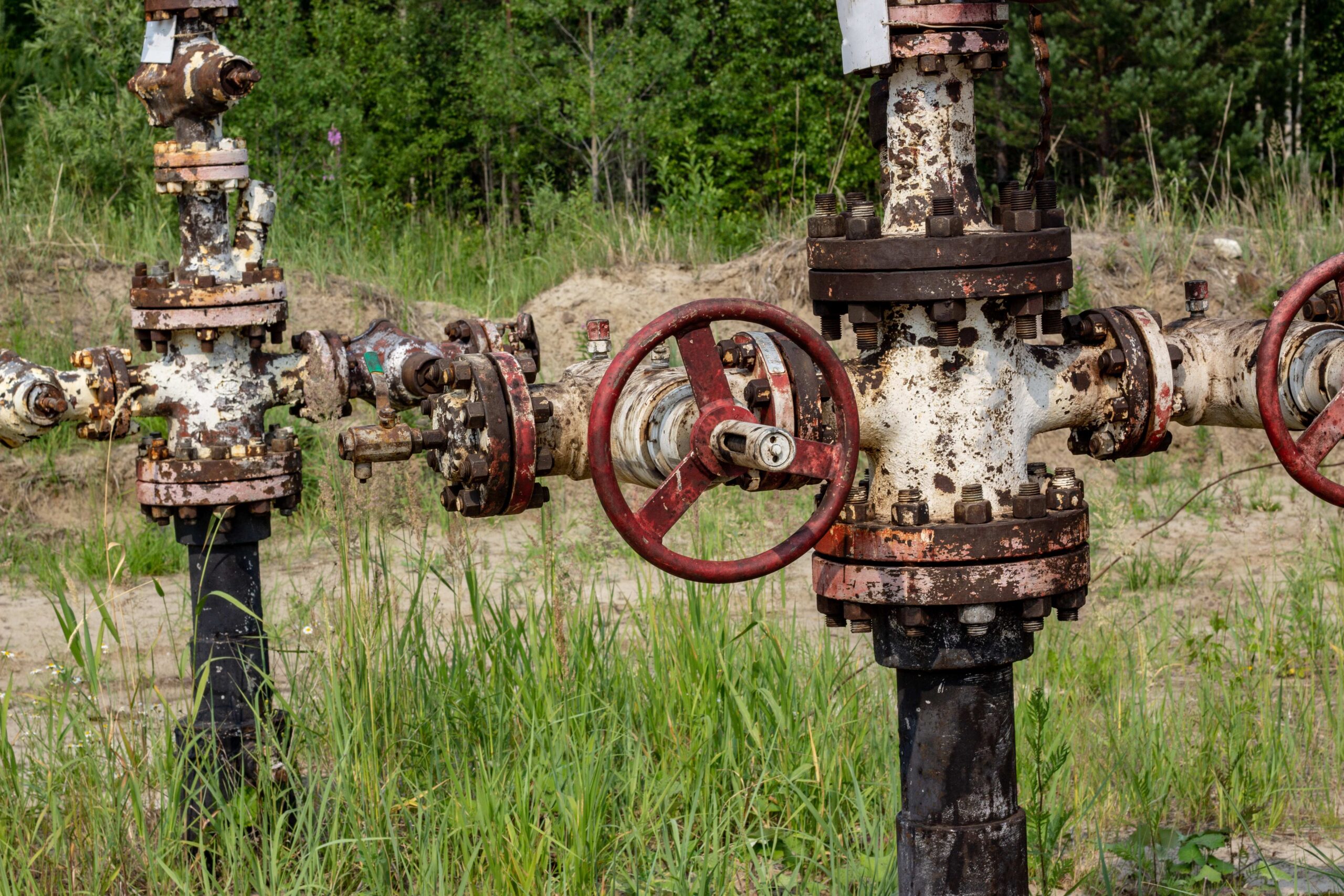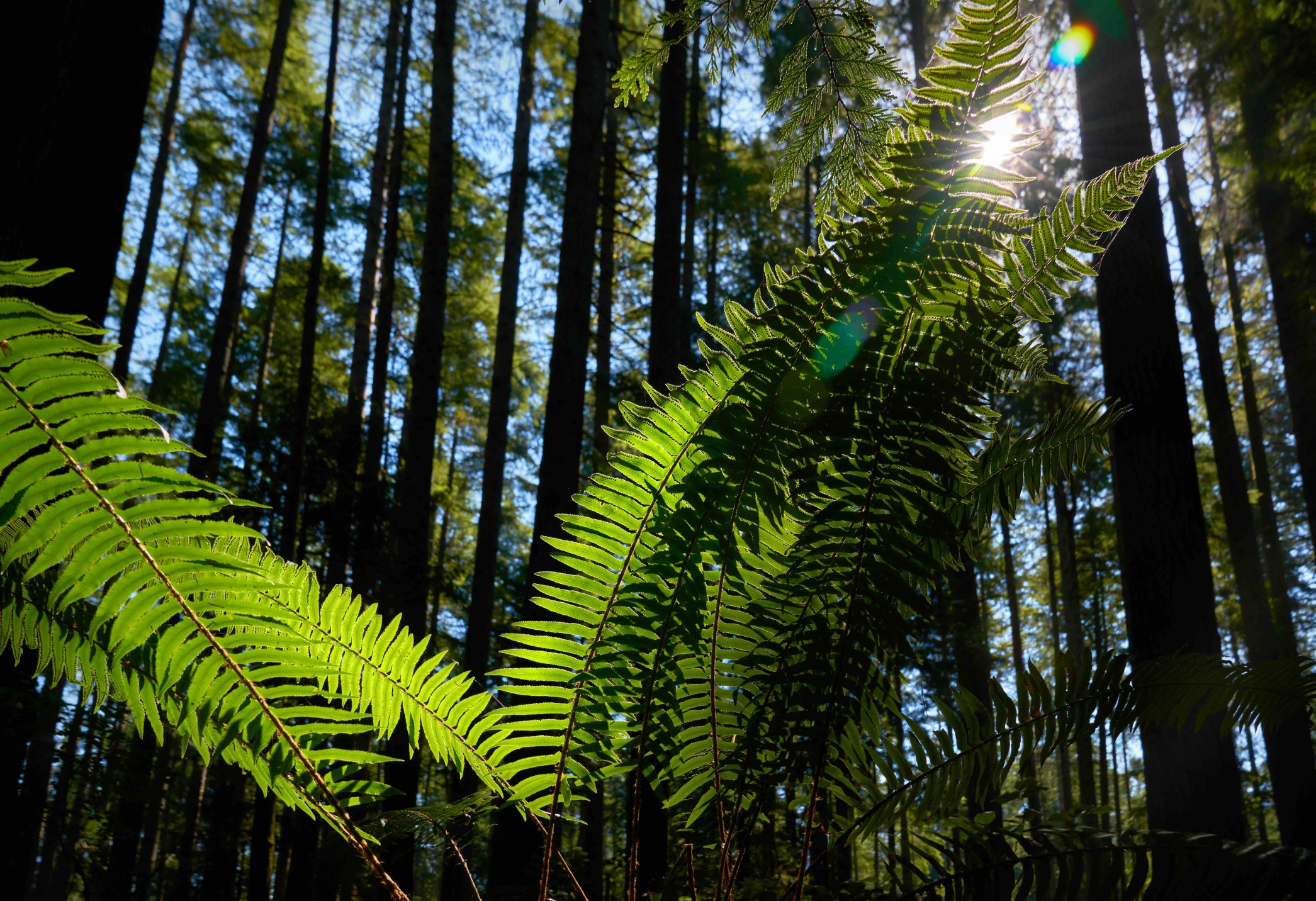This website uses cookies so that we can provide you with the best user experience possible. Cookie information is stored in your browser and performs functions such as recognising you when you return to our website and helping our team to understand which sections of the website you find most interesting and useful.
ACR Approves First-of-a-Kind Carbon Crediting Methodology for Plugging Orphaned Oil and Gas (OOG) Wells

LITTLE ROCK, Ark., May 24, 2023 – The American Carbon Registry (ACR), a nonprofit enterprise of Winrock International, has published the world’s first methodology to leverage carbon market finance to plug orphaned oil and gas (OOG) wells in the United States and Canada. In the U.S. alone, the Environmental Protection Agency (EPA) estimates methane emissions from abandoned wells, of which orphaned wells are a subset, to be up to 20 million metric tons of CO2 equivalent annually. While U.S. government funding is available to plug orphaned wells, it is woefully inadequate to address the issue with estimates of a funding gap of many tens of billions of dollars.
The ACR Methodology for the Quantification, Monitoring, Reporting and Verification of Greenhouse Gas Emission Reductions from the Plugging of Orphaned Oil and Gas (OOG) Wells – developed in partnership with Dr. Mary Kang of McGill University, one of the world’s foremost experts on the topic – provides the eligibility requirements and accounting framework for the creation of carbon credits from the reduction in methane emissions by plugging OOG wells.
Orphaned wells are unplugged, inactive and have no solvent owner of record. Many of these wells have fallen into advanced states of disrepair and are leaking methane, a potent greenhouse gas. Unplugged wells can also leak other toxic chemicals that lead to air pollution, groundwater contamination, soil degradation, damage to ecosystems, and risk of explosions.
While oil and gas operators are required to plug wells at the end of their productive lives, more than 160 years of oil and gas operations has left the legacy of a huge number of orphaned wells in the U.S. and Canada, for which no operator exists. In these cases, responsibility for plugging the wells falls to states/provinces, federal agencies or Native American tribes, which have historically lacked the funding needed to address the problem in a meaningful way.
“The ACR methodology is designed to address the enormous gap in the existing resources to plug orphaned wells. It is intended to incentivize the plugging of leaking oil and gas wells in the U.S. and Canada, creating a pathway for carbon markets to help finance this activity for maximum climate impact,” said Mary Grady, Executive Director of ACR.
OOG wells pose a serious climate threat. Researchers at McGill University, together with the Environmental Defense Fund (EDF), have produced a map of 120,000 documented OOG wells across 30 states in the U.S. However, estimates of additional undocumented OOG wells range as high as several million across the country. Because of this, the United States Environmental Protection Agency (EPA) classifies abandoned wells, of which orphaned wells are a subset, as one of the most uncertain sources of methane emissions in the US, estimating 7-20 million metric tons of CO2 equivalent annually.
“It is highly likely that we are vastly underestimating the climate impact of OOG wells because of a basic lack of information. One of our main ambitions with this methodology is to help drive investment in innovation and technology, which in turn leads to the collection of more data. Our hope is that as we better understand the extent of this problem, legislative and other solutions can be developed that will help to address the challenge based on a stronger understanding of what it will take to solve it,” said Maris Densmore, ACR’s Director of Industrial Solutions.
Proper plugging and remediation of all U.S. and Canadian OOG wells is now an extremely large financial burden for local and federal governments, and there are significant backlogs because of lack of resources, equipment, and experienced personnel. While roughly $4.7 billion in funding was made available through the REGROW Act (part of the 2021 Infrastructure Investment and Jobs Act), a Columbia University report estimates that the cost of plugging a mere 500,000 wells could be as high as $24 billion. Carbon markets can provide financial incentives for additional action that complements other private, philanthropic, state and government led initiatives.
“While not a silver bullet, carbon finance can provide an innovative contribution by offering an additional source of funding. It will prioritize plugging the wells that are emitting the highest levels of methane, promoting a long-term solution with results that are measured, monitored and verified over the course of decades,” Densmore said.
The potential costs for capping wells vary widely. While carbon credit purchases may be enough to cover the full costs of capping some wells, most funding will be supplemental to additional state, non-profit and federal funding for well capping. Each state has different rules and regulations that will determine whether participating in the carbon market is the right investment. For some states the contribution to bonds to cover the costs of wells may be adequate, but that isn’t guaranteed now or in the future.




